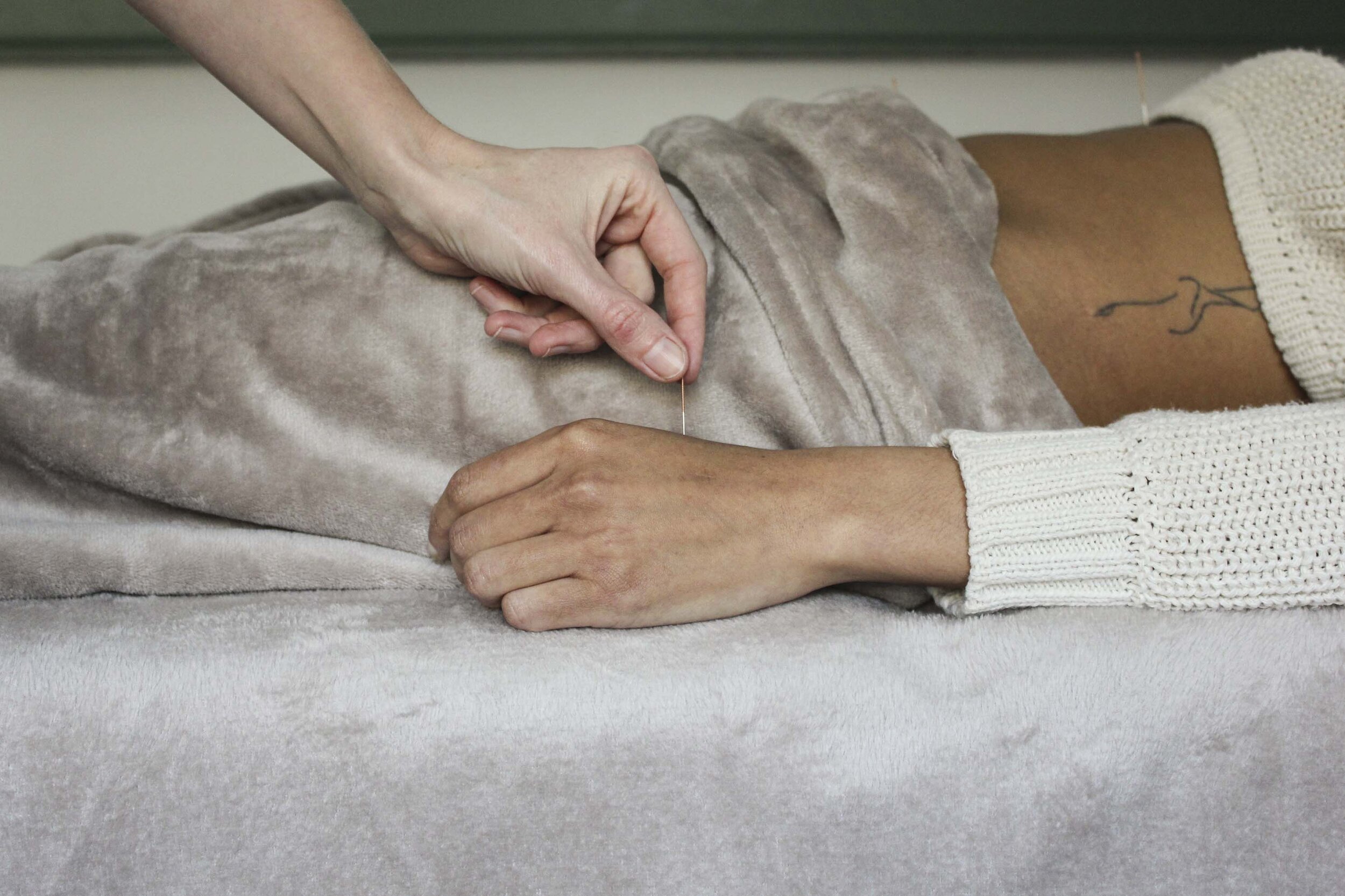
how Acupuncture works
Acupuncture was established in East Asia several thousand years ago and is one of the oldest forms of healthcare. It involves a number of diagnostic techniques to understand a person's health and constitution before treating through the insertion of very fine needles at specific points on the body to influence the free movement of qi (vital energy) around the body. Everyone is seen as a unique whole, with treatments created to meet their individual needs. At Heal Acupuncture this is done by drawing on the below modalities.
Five Elements
Five elements acupuncture, draws on the theory of five key correspondences, their virtues, and their relationship with one another. Their cyclical nature illustrates patterns in nature, the universe, and the human body.
Five elements idealogy plays a key role in East Asian medical theory and features heavily in many diagnostic and treatment methods. Practitioners seek to create a balance between the five elements to promote homeostasis within the body and good health.
TCM
TCM stands for Traditional Chinese Medicine. A relatively modern modality developed in the 50’s post the communist revolution in China. This modality takes a standardised path to treatment based around specific patterns found in the body through questioning and various diagnostic techniques.
Stems & Branches
The ancient Chinese observed the rhythms of nature and the universe with the seasons, weather, the transition from day to night, and so on. They saw the world as holistic with everything in the universe being connected. Consequently, they saw how the cyclical nature of the world impacted the body.
Working with a person’s date of birth, and the date of treatment, Stems and Branches allows you to build a treatment plan based on the person’s constitutional strengths and weaknesses, to support the root cause of their problems.




